This Christmas, I planned a trip to explore some of the most stunning national parks in America.
The catch?
I decided to tackle this adventure in my Tesla Model Y Long Range, venturing into some of the remotest parts of the nation in an electric vehicle (EV).
I put my Tesla through a lot on this journey. We drove across sprawling sand dunes, towering mountains, majestic canyons, snow-covered landscapes, arid deserts, and even the shimmering salt flats.
Read on to find out, how it went..
The Itinerary
San Jose, CA -> Las Vegas, NV -> Hoover Dam, NV -> Grand Canyon National Park, AZ -> Page, AZ -> Horseshoe Bend, AZ -> Antelope Canyon, AZ -> Monument Valley, AZ -> Kanab, UT -> Coral Pink Sand Dunes State Park, UT -> Zion National Park, UT -> Bryce Canyon National Park, UT -> Salt Lake City, Utah -> Park City, UT -> Bonneville Salt Flats, UT -> Reno, NV -> Lake Tahoe, CA -> San Jose, CA

The Journey by Numbers
- Google Maps clocked it at 2,529 miles and 41 hours of pure driving. In reality, with detours for lodging, food, and of course, charging, it ballooned to nearly 3,000 miles.
- 24 charging stops
- $450 in charging costs (excluding a few free destination charging stops)
- 4 states: California, Nevada, Arizona, and Utah
- Terrains: Snow, Mountains, Sand Dunes, Desert, Salt Flats
- 12 national parks and monuments
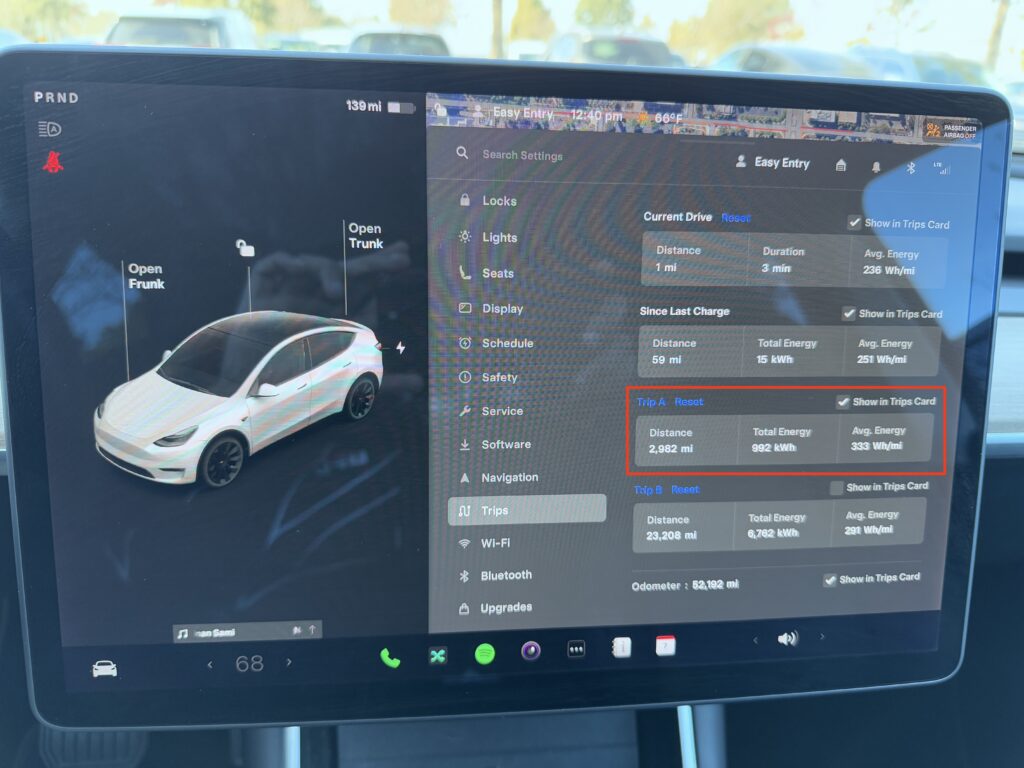
It was my longest EV trip yet, and while the car performed admirably, as a product manager, I couldn’t help but notice several opportunities for improvement that could transform the EV road trip experience.
Here’s a breakdown of my journey and the lessons learned, with a few suggestions for Elon and the Tesla team.
1. Simplify the EV Charging Gobbledygook: Show Time to 80%, Not Just kW
Let’s talk about the morning I almost missed a once-in-a-lifetime sunrise. We were in Williams, Arizona, prepping for an early morning drive to Hopi Point (aka Sunrise Point) in Grand Canyon National Park. I knew there was a Tesla Supercharger in Tusayan, right before the park entrance, so I planned a 30-minute stop to top off the battery.
I woke up at 5:15 AM, saw the sunrise was scheduled for 7:40 AM, and did the math. A 1 hour 15-minute drive, plus 30 minutes of charging, meant leaving Williams around 5:45 AM to reach the sunrise point around 7:30 AM. Easy peasy, right?
Wrong.
Plugging into the Tusayan Supercharger, I was slapped with a harsh reality: ~60 minutes to charge from 10% to 90%! My sunrise dreams evaporated faster than morning dew.
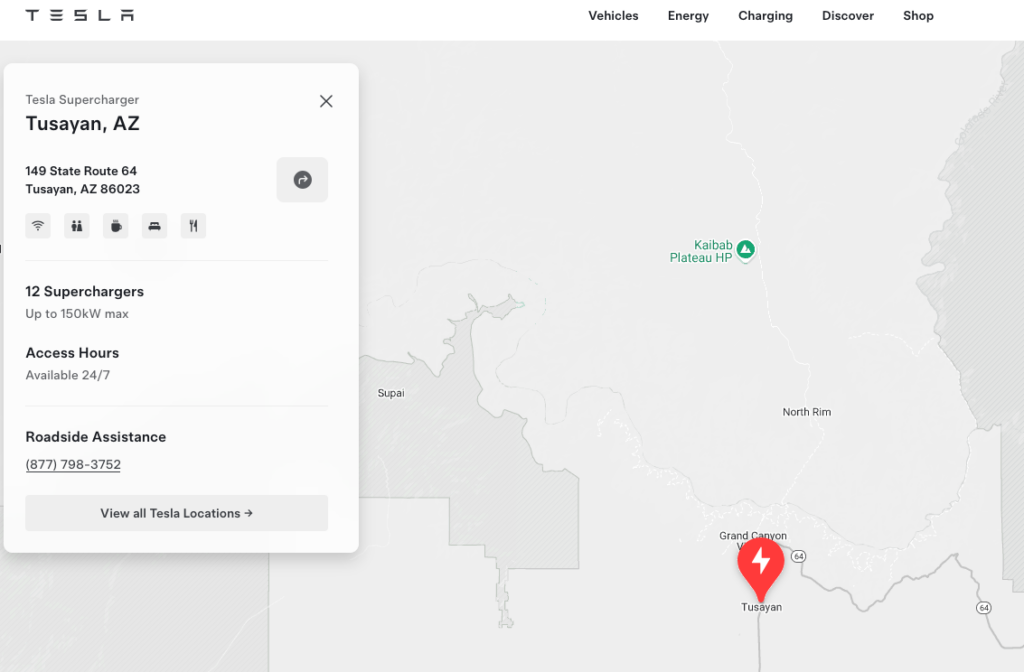
That’s when I discovered the dirty little secret: not all Superchargers are created equal. This one was a 150 kW station. Up until then, I’d mostly charged at home, work, or at 250 kW Superchargers, which typically juice my car from 0-80% in about 20-25 minutes. The Tusayan charger, combined with the frigid -6°C (21°F) temperatures (which slow down charging), meant my sunrise plan was toast. For reference, Model Y long range has a battery capacity of 75 kW.
The variance gets even wilder with Tesla Destination Chargers (Level 2).
Here’s a quick physics refresher: kW output depends on both voltage and amperage.
kW = (Volt * Amp)/1000A Level 2 charger can range from 24 Amps (about 6kW) to 80 Amps (about 19kW), creating a massive difference in charging speeds. An 80 Amp Level 2 charger is three times faster than a 24 Amp one.
And don’t even get me started on Level 1 chargers (standard 120V outlets). Those are basically charging at a snail’s pace – think 2-4 miles of range per hour. Good luck fully charging your 300-mile battery in less than 5 days!
The longest charging time for us was at a 6kW destination charger near Bryce Canyon, taking a whopping 12 hours to go from 15% to 100%. Luckily, we were staying in the same hotel and needed some additional downtime to recharge.
The Problem:
Tesla displays charging capacity in kW (150kW vs. 250kW) for each charging location, but this means nothing to most drivers. A 250kW charger will fill my battery in 20-25 minutes, while a 150kW charger takes an hour – crucial information that cost me a Grand Canyon sunrise.
The Solution:
For every charger, replace technical kW ratings with simple “0-80% charging time” estimates. It’s a metric everyone can understand, regardless of their EV knowledge.
It’s like giving the 0-60 mph time for a car – any idiot can grasp that the lowest time means the fastest car, without needing to know whether it has a V6 or a V8 engine or whether it’s packing 200 horsepower or 800.
We don’t need to be automotive engineers to understand speed; similarly, we shouldn’t need to be electrical engineers to understand charging times. Just tell us how long it will take to get a practical charge, plain and simple.
2. Show Practical Range, Not Ideal Range
We traversed four states: California, Nevada, Arizona, and Utah. Each has its own speed limits. California rarely goes above 65 mph. Arizona hits 75 mph, while Utah and Nevada regularly reach 80 mph.
Here’s the secret:
50 miles at 65mph != 50 miles at 95 mph
When you’re cruising at 90-95 mph (because let’s be real, that’s what most people do on those open roads), your range takes a nosedive. We’re not talking a 15-20 mile difference; it’s more like a 40-50% reduction from the “ideal” range!
On our way back from Salt Lake City to Reno, a roughly 500-mile stretch, we were stopping every 80-100 miles to charge! My Model Y, at 90% battery, claims a 260-mile range. In practice, we were getting about a third of that.
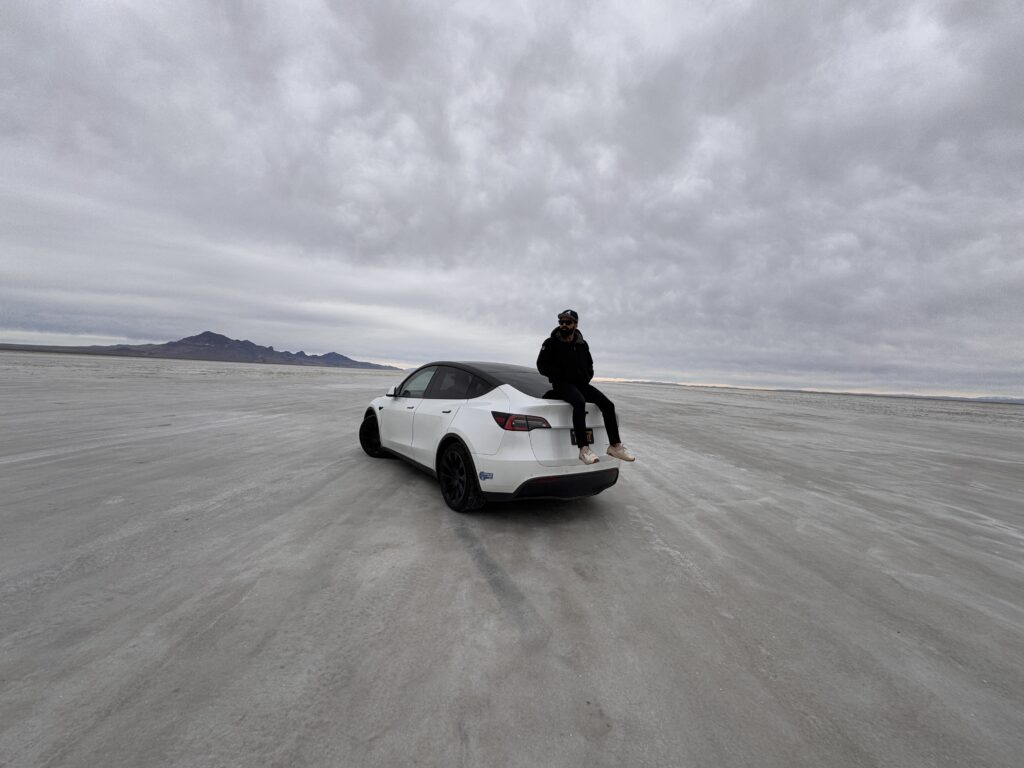
At one point, my car predicted I’d reach the next charger with 16% battery remaining. I limped in with 0%, hoping and praying I wouldn’t need a tow truck.
To be fair, Tesla does adjust charging recommendations based on your recent driving energy consumption, but that’s less helpful when you’re used to California driving and suddenly hit Nevada’s high-speed highways.
Tesla needs to show drivers a realistic range in real-time, factoring in speed limits, driving habits, weather, and even acceleration mode settings.
The way I see it is – the higher the variance between ideal and practical range, the higher the chances of someone having to call a tow truck because their battery ran out a few miles from the charger.
It is a high stakes decision. Range precision is not a luxury; it’s a necessity.
3. A Solution for Range Anxiety: The Overnight Charging Imperative
Unless you’re sticking to California or Massachusetts, let me tell you, range anxiety is real, especially when you’re far from major cities.
Every day, I was meticulously planning not just where to stay, what to see, and where to eat, but also where to charge and for how long.
EV charger density is not nearly the same as compared to gas stations. The US averages about 104 gas pumps per 1,000 road miles, compared to a measly 22 EV charging ports, and chances are some of those ports aren’t compatible with your EV specification.
Many times, I was charging at the only fast-charging facility within a 100-mile radius. Imagine if a tree falls off and that one charger goes out of service – you’re screwed! Unlike gas stations, you can’t just drive a few miles to find another.
The good news is that electricity is everywhere. The infrastructure is already in place. We just need a few small modifications and the right incentives to make it happen.
Here’s my proposal:
Increase the availability of overnight chargers. This is the holy grail of EV travel – you drive all day, and when you are ready to recharge, your car recharges with you.
The government should mandate that every motel, hotel, and restaurant install at least a few Level 2 charging ports (adjusted based on the overall capacity of that place). Very much like a few reserved spots for handicap parking in the parking lot.
The best part? It’s not that expensive. Installing a 240V port (40 Amps circuit breaker) at my home cost around $1,000. Add another $500 for a Tesla or J1772 plug. For about $1,500, you have a Level 2 charger. Three chargers would set a business back roughly $5,000.
Now that Elon has some influence in the Trump administration, the government could offer tax credits or allow 100% depreciation on day one for these investments.
I’d even go as far as making these chargers a requirement for hotel and restaurant license renewals.
Only when Level 2 charging is ubiquitous can we truly conquer range anxiety and pave the way for a fully electric future.
Frankly, I didn’t save that much on charging compared to what I would have spent on gas.

Trump has already announced cancellation of EV credits, in his inauguration speech. How much of that is voter appeasing vs reality remains to be seen. If oil prices plummet under a “drill, baby, drill” policy, this push-and-pull between EVs and gasoline will be a tough one for Elon to navigate.
I’m still hopeful for an electric future. The dance between oil lobbyists, auto unions, and EV pioneers will be fascinating to watch. But one thing’s for sure:
Tesla has a shot at becoming the new Standard Oil of America, and Mr. Musk, the new Rockefeller.
Let’s just hope they use that power to truly revolutionize the EV experience for everyone.
Until then.. checkout some of my other fun clicks:

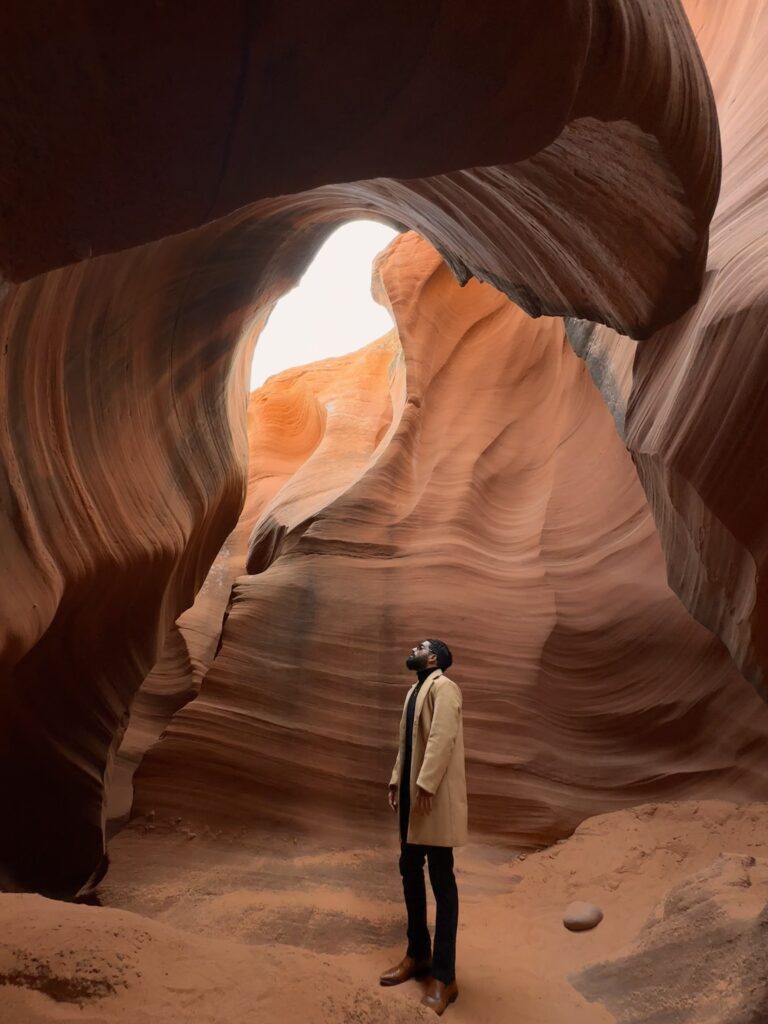

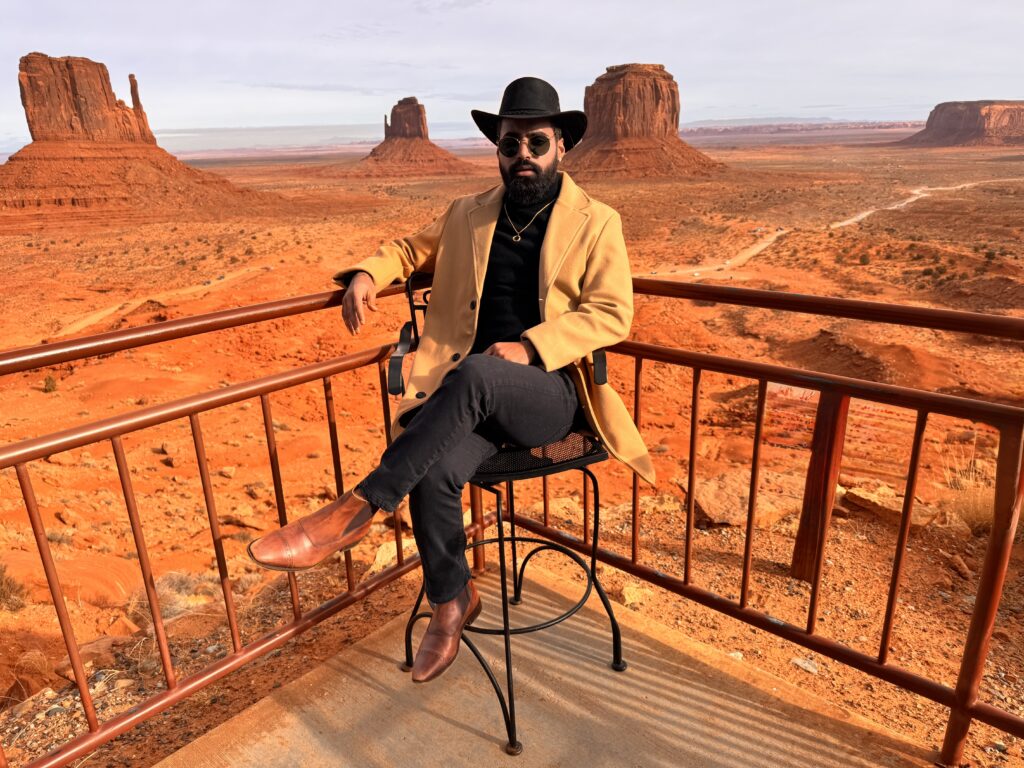
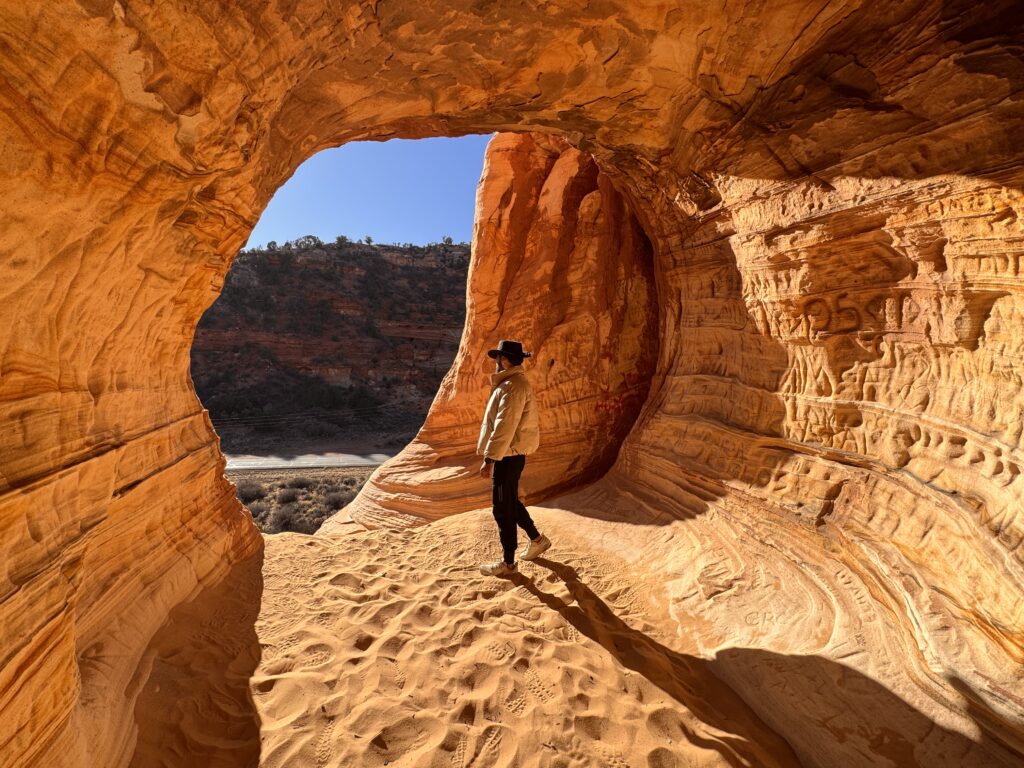
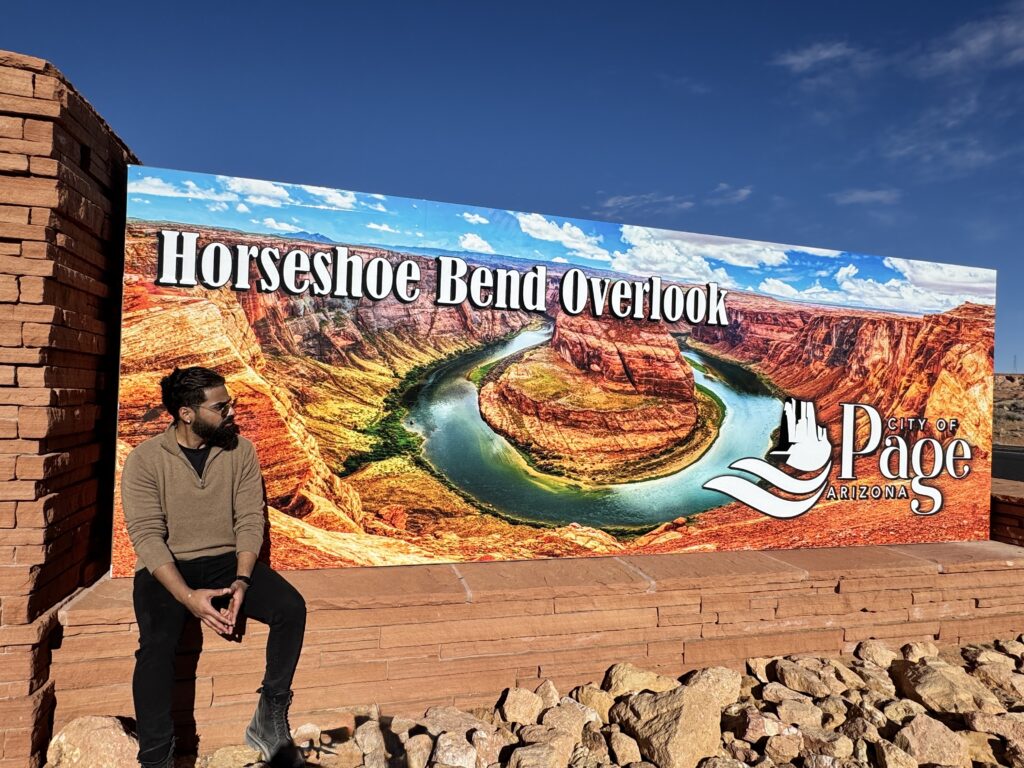
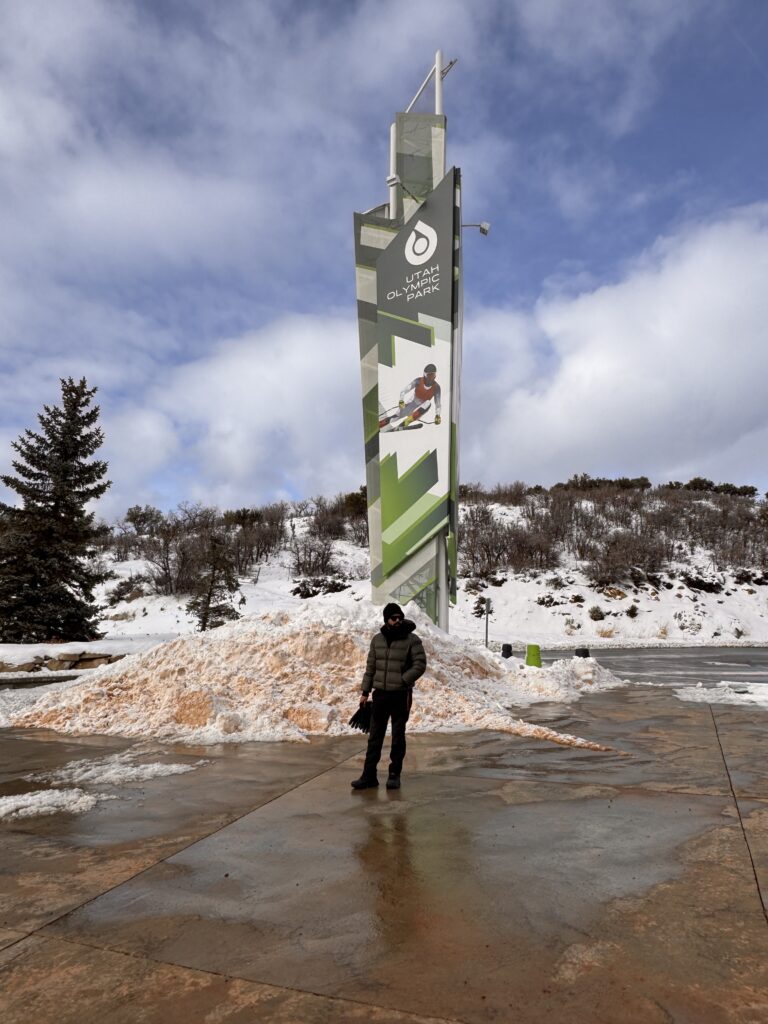
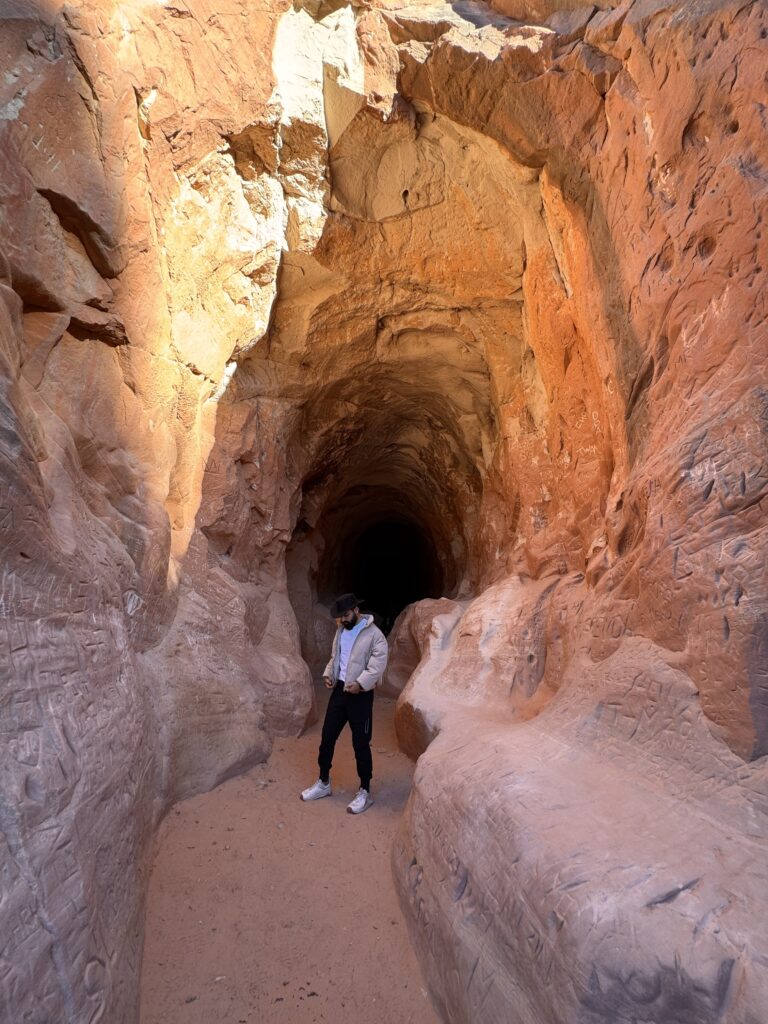
Get freshly brewed hot takes on Product and Investing directly to your inbox!
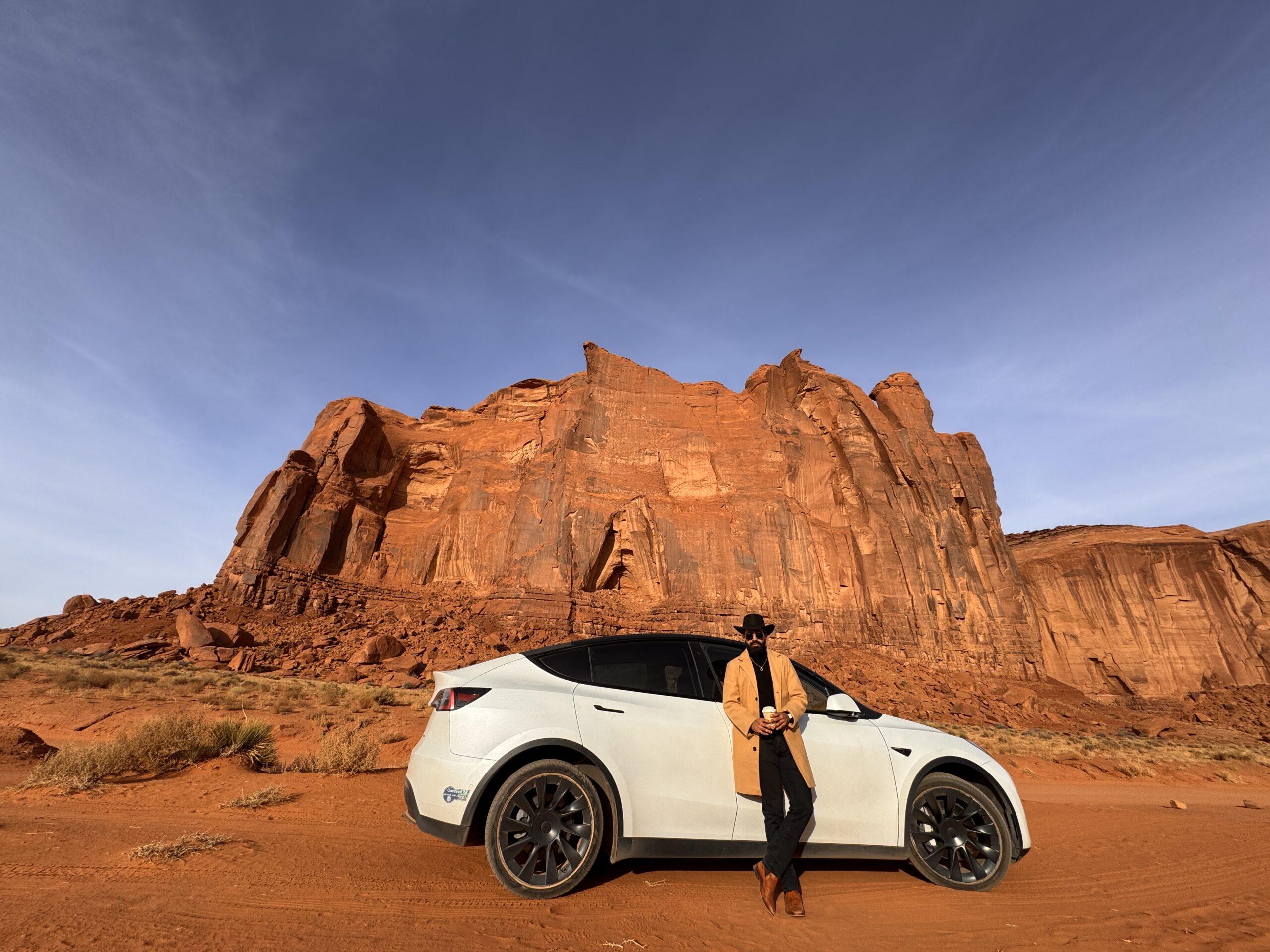

Leave a Reply